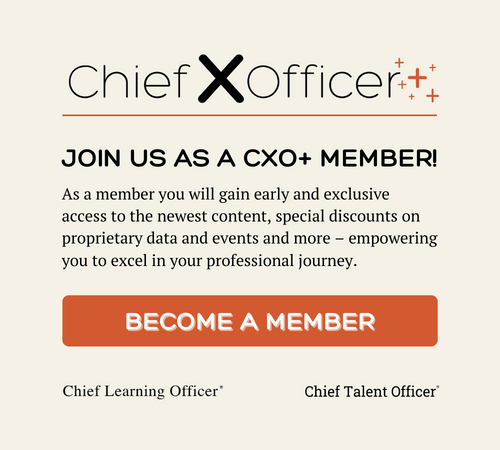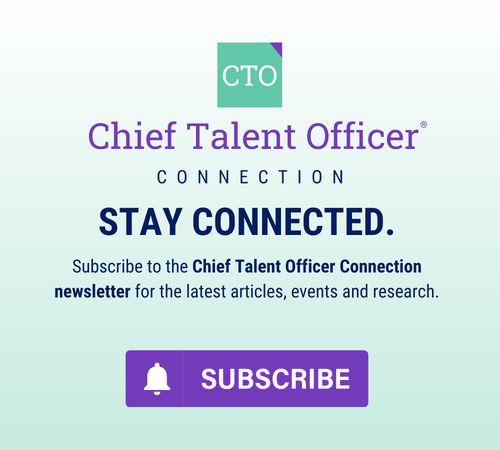-
Best Practices in Learning Governance
Many organizations now view learning less as a cost center and more as a driver of enterprise value. With this shift in perception, enterprise-learning governance becomes more important and more strategic to an organization’s ability to thrive.
-
General Motors’ Donnee Ramelli Drives Innovation to Boost Business
To address the unrelenting economic and competitive pressures General Motors has recently faced, the automaker charged Donnee Ramelli, president of General Motors University, with ensuring GM’s 80,000 employees focus on innovation, technology and mission-
-
How Much Business Is in Your Business Plan?
Over the years, I’ve reviewed many planning documents for learning organizations of all shapes and sizes. Most are internally focused and detail staff resources, budgets, planned technology purchases, planned programs […]
-
Equifax: Showing Employees “The Way”
As a technology solutions provider, Equifax follows a core philosophy: “It’s all about growth, innovation and the deployment of technology, led by the greatest people anywhere.” It’s up to CLO Lynn Slavenski and Equifax University to ensure the workforce
-
Five Innovation Technologies
Here are five technologies innovative CLOs use to make their training more engaging. 1. Podcasts Podcasts provide a way to distribute an audio or video episode via the Internet for […]
-
Multi-Sourcing: Achieving Growth and Agility
The practice of outsourcing training is following well-established patterns in other areas, such as payroll, customer service and IT. So today, the question a business-savvy training executive should ask is not, "Do we outsource?&quot
-
NCR: The Innovative Talent Factory
NCR Corp. has a long history in innovation, leadership and learning. In 1884, John H. Patterson founded the National Cash Register Company, maker of the first mechanical cash registers. Patterson […]
-
AOL’s Thomas Lokar: Accelerating Leadership and Learning in Line With Business Strategies
AOL has experienced a rebirth over the past three years, aided in no small part by the company’s learning and development organization and its leaders, Vice President of People Development and Talent Acquisition Thomas Lokar.
-
Prudential Financial: Growing Money and Learning Efficiency
The Prudential Financial slogan, ‘Growing and Protecting Your Wealth,’ parallels the company’s stance on learning. Prudential has created a learning and development strategy based on vendor partnerships and the formation of high-
-
Corporations Have Trouble Assessing IT needs, BPO
It seems like information technology and related software programs have been a part of corporations’ daily routines for ages now. However, according to a new study, many enterprises are still stumped about how to use IT to positively impact business proce
- BUDDY PASS NOW AVAILABLE on CLO Symposium Registration, CLO Accelerator Enrollment and Membership.
- BUDDY PASS NOW AVAILABLE on CLO Symposium Registration, CLO Accelerator Enrollment and Membership.
- BUDDY PASS NOW AVAILABLE on CLO Symposium Registration, CLO Accelerator Enrollment and Membership.
- BUDDY PASS NOW AVAILABLE on CLO Symposium Registration, CLO Accelerator Enrollment and Membership.

New technology such as artificial intelligence, augmented reality and virtual reality are informing talent management leaders as they forecast and implement trends in the industry now and into the future.










